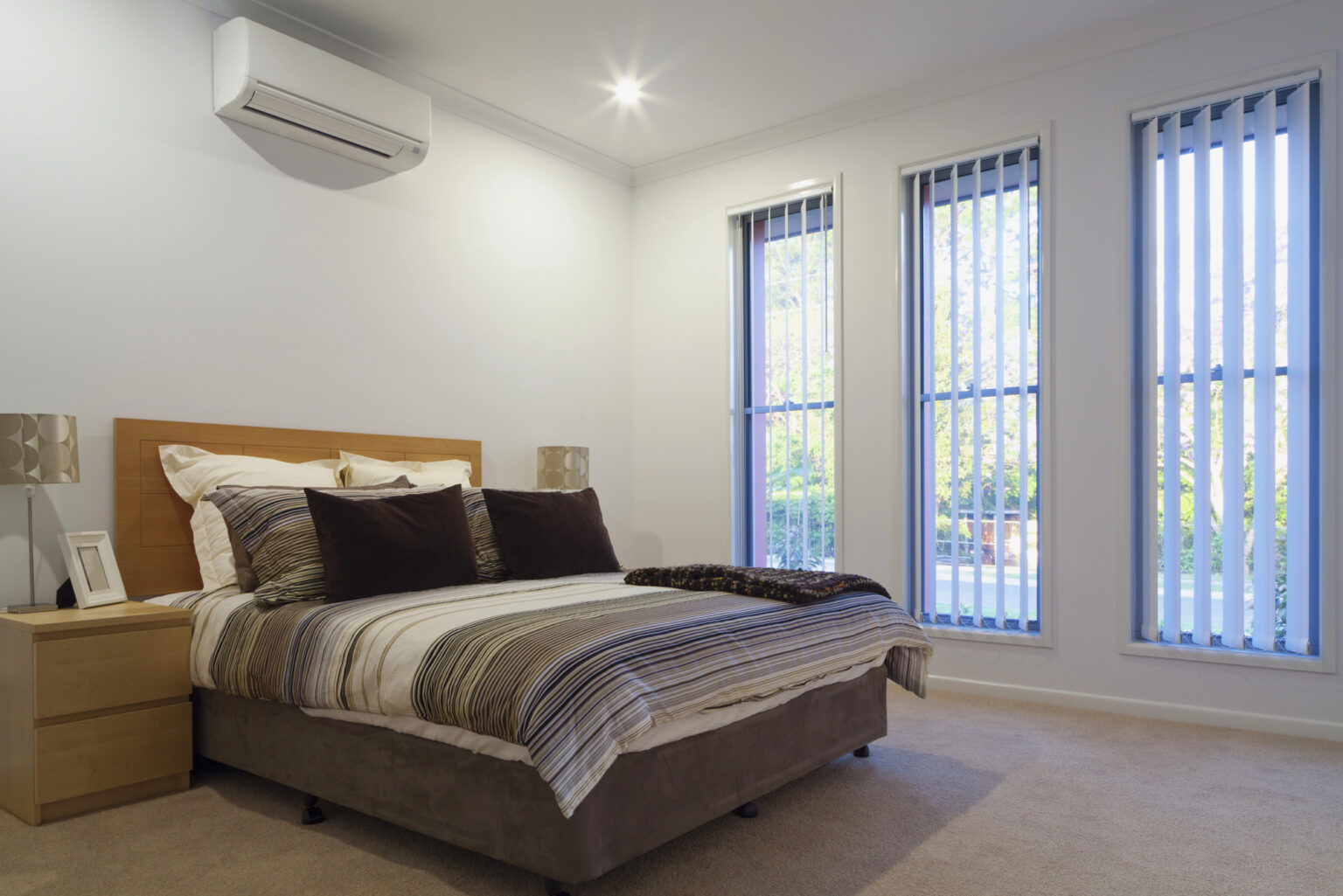The term “ideal temperature” usually refers to the indoor environment temperature that feels comfortable and supports your health without costing you high utility bills. For most Aussie homes, the ideal temp falls between 20 °C and 24 °C (68–75 °F), depending on certain factors and circumstances. Using a split system air conditioner can help you efficiently maintain this sweet spot and allows you to adjust the settings to your needs in real time.
Factors Influencing the “Ideal” Temp
Season or Outdoor Climate
The outdoor weather will serve as your baseline on how to adjust your HVAC system so it works optimally rather than inefficiently.
- In summer, set the goal for 24 °C–26 °C (75–79 °F)
- Avoid going above 26 °C as it will affect comfort and humidity control
- In winter, the ideal temp is 20 °C–22 °C (68–72 °F)
- Avoid lower settings, which you think may save energy, but actually increase the risk of old drafts
- Use smart timers or Wi‑Fi functions on your split‑system to easily adjust according to the weather and occupancy
Occupants (Age and Health)
You may notice that some people feel cold quickly, while others don’t. This means comfort needs differ by age and health status.
- Elderly or young children: Temp range of 22 °C–24 °C (72–75 °F) keeps their immune systems strong and avoids respiratory issues
- Steady temperatures and moderate humidity (40–60 %) are best for asthmatic individuals or those with respiratory issues
- If someone is sick, set the HVAC to slightly warmer temps (23 °C–25 °C) to help with recovery
Humidity Levels
When humidity is high, the air is heavy with water vapour, making it harder for sweat to dry off. Adjusting the temperature accordingly is key to ensure your comfort.
- Ideal indoor humidity is 40–60%. Too high, and the air will feel muggy. If it’s lower than 40%, then you feel chilly
- In areas with high humidity, such as North Queensland, slightly lower the temperature and use a dehumidifier
- Use a humidifier to counter dry winter air while ensuring your comfort
Activity Levels
How warm or cool you feel can vary, depending on whether you’re active, busy or doing nothing.
- High activities, such as exercise or cleaning, require a temp range of 20 °C–22 °C
- Sedentary tasks, such as reading or working, lean towards 22 °C–24 °C
- As an alternative, use a ceiling fan or adjust clothing so you don’t run your AC ragged.
Health Implications of Too Hot or Too Cold

Everything is cool until it starts to feel chilly, then everyone feels uncomfortable. But that’s not all. Cold indoor air (< 16 °C) increases the risk of respiratory infections, especially for the elderly or those with heart or lung problems.
On the other end of the spectrum, there’s a risk associated with excessively warm indoor spaces. Temperatures of above 27 °C–29 °C can lead to dehydration, heat exhaustion or sleep disruption. To help manage excess heat efficiently, install a single room heat pump. It can also keep humidity in check, especially during Aussie summers.
What you consider the ideal home temperature depends on many factors, such as climate, health, activity, and humidity levels. Knowing the recommended temperature for each factor can help improve comfort, energy costs, and health outcomes. Combined with the right heating and cooling equipment, an optimal indoor climate is achieved. If you need expert advice on the right HVAC system for your needs, conduct a company such as Fujitsu.
0
Related
Read the full article here


